What are the benefits of technology in restaurants?
Some of the benefits of technology in restaurants are that it can help to improve efficiency, communication, and accuracy. It can also help to streamline ordering and payments, as well as provide customers with more information about their food options.
5 Game-changing Benefits of Technology in Restaurants and Other Food Businesses
What Technologies Does the Restaurant Industry Use?

There is perhaps no restaurant business that can ignore technology today. Organizations have realized, especially after the onslaught of Covid, that they cannot survive in this day and age, let alone move up a level by following old-fashioned methods of doing business.
Although the uptake of technology saw a quantum leap in the wake of the pandemic, many restaurants had been using technology even before the pandemic, and reaping its benefits.
Restaurants use technology at the front end, back end, and for delivery. At the front of the house, the primary technology used is the point of sale (POS) system. Restaurants today don't just accept payment or hand over food packages at the point of sale. POS systems in this day and age are tech-driven frameworks connecting several business functions, starting from payment processing and inventory management to workforce management and data analysis.
Card readers are typical POS hardware used to process payments made through debit/credit cards. Customers may also pay through gift cards, mobile wallets, and internet banking. Then there are mobile POS systems that can be carried to customers' tables to process payments.
It is today usual for wait staff to take orders on tablets. Orders can also be placed online, at self-service kiosks, or by scanning QR codes placed at the dining table. All orders are quickly registered in the restaurant POS system, and as items are sold, the POS system updates the stocks. Technology ensures that restaurant workers can manage tables with ease, while diners can view their waitlist status, and even pre-order meals.
In a seamless linkage with the back of the house, kitchen display screens (KDS) make orders visible to the cooks as soon as they are fed into the POS system. This drastically reduces the time required to prepare meals.
The POS system is a massive receptacle of data related to sales, inventory usage, customer behavior, employee performance, and other aspects of a restaurant's operation. POS reports can be analyzed to construct attractive loyalty programs for customers. They can be used to make forecasts that ensure better resource utilization and less wastage, which could lead to greater profits.
The data captured at the point of sale allows restaurant owners to keep their house in order by streamlining inventory and supply chain management, employee scheduling, labor and food cost management, and restaurant accounting.
The popularity of off-premise dining has made restaurant operators incorporate drive-thru, curbside pickup, and grab-and-go options into their formats. Delivery through third-party apps caught on during the pandemic and the real-time tracking of orders these apps allowed made the customer experience a fulfilling one. Drones are now being considered in the delivery of orders, even as food lockers are being deployed to transfer food in a contactless way to customers and delivery agents.
Overview of the Restaurant Technology Market
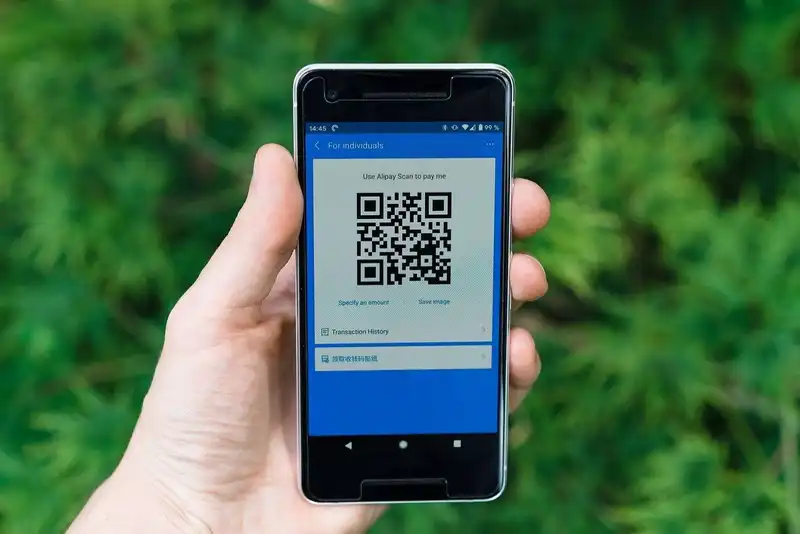
The pandemic compelled millions to stay inside their homes, forcing restaurants to close their doors and look for alternative ways to keep revenues flowing in. Businesses naturally pivoted from the physical to the digital. As customer experience became more and more tech-based, the restaurant technology market started to flourish -- a development that is likely to continue well into the future. Listed below are various reports that highlight this trend . . .
- Market research firm, TechNavio estimates that restaurant management software will see its market share growing by $2.95 billion in the period between 2020 and 2025.
- Restaurant POS systems in the US, estimated to be worth $3.42 billion in 2020, are predicted to grow at a compound annual growth rate (CAGR) of 3.9% from 2021 to 2028, according to Grand View Research. The company pegs the POS software market size to reach $18.1 billion by 2027.
- Revenue from the worldwide interactive kiosk market is expected to rise to $45.32 billion by 2028, from $26.63 billion in 2020, according to Statista.
- The growing popularity of online ordering can be seen in a Deloitte study, according to which 57% of customers use online apps to place orders, with 40% of those who dine off-premises opting for a restaurant's own website or app.
- A Square report points out that 79% of consumers are more comfortable using online kiosks than dealing with fellow humans, and 78% prefer to order via QR codes. In fact, according to Juniper Research, the number of people using QR codes to make payments is expected to rise by 240% from 2020 to 2025 in the US.
- Sales from online ordering platforms registered a 313% hike in the wake of Covid, Paytronix revealed. Paytronix also found that one in four restaurants welcomed online ordering.
- A study by the business website Market Watch revealed that in the US, delivery apps, namely Grubhub, DoorDash, Postmates, and Uber collectively earned a revenue of over $5.5 billion between April and September 2020. This combined revenue was more than double what the four businesses raked in during the same period the year before.
- According to Valuates Reports, which looks at market trends, the global market for online delivery of food is expected to grow to $128.5 billion at an annual rate of 6.5% from 2020 to 2027.
You want to take your restaurant business to the next level, but you don't know how.
Restaurant technology can help. Here's a list of the tech you should consider.
Improved Customer Service
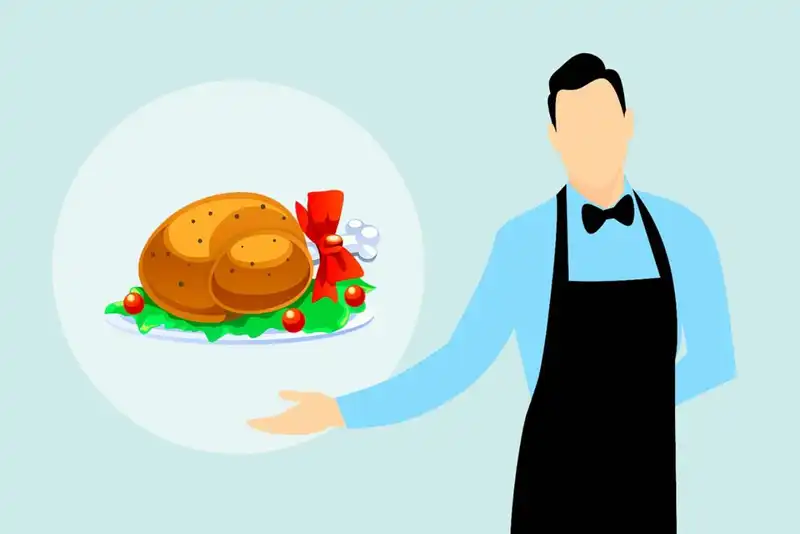
The use of technology is vital to satisfying today's discerning customer. Functions like table reservations, loyalty rewards, on-site ordering, and mobile ordering can all be supported by POS systems. In fact, booking tables has never been simpler, thanks to apps made specifically for this purpose.
Customers won't be happy when they find their favorite menu item no longe available. Systems for managing inventory will make sure your restaurant never runs out of key ingredients. By offering a variety of ordering options, technology can enhance customer service.
According to the National Restaurant Association, 37% of restaurant owners expect great technological innovations in the field of ordering in the next five years.
A better dining experience for your customers will also result from the use of kitchen automation software. Order-taking and serving of meals will now no longer be the chaotic, noisy affair it used to be when waiters had to shout out orders to the kitchen, or run all the way there with a hand-written order chit. Such manual labor ran the risk of orders being mixed-up or misunderstood.
Automation technology allows meals to be timed so that everybody in a group is served simultaneously. And when ordering online, customers can ask for certain ingredients to be added or excluded, thanks to the meal customization option available.
Loyalty programs and advertisements can be customized on the basis of customer information gathered at the POS. Restaurants can also list themselves on Google and launch promotional campaigns on social media. They can partner with third-party ordering and delivery service providers as well.
According to an Oracle study, 47% of customers prefer to use credit cards for payments, while 40% opt for contactless payment methods. Restaurants can significantly boost customer service by adopting technologies to let customers pay as they want.
Efficient Business Processes
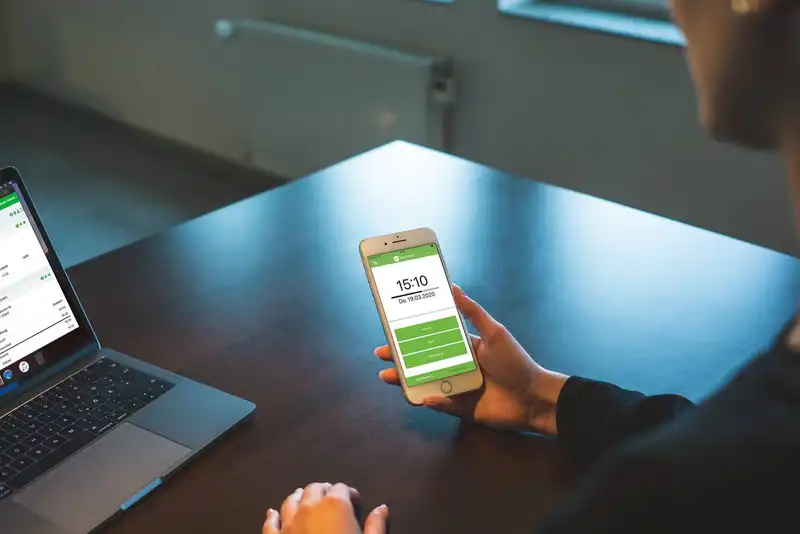
An automated kitchen linked to the POS system ensures that you can streamline food ordering and cut down on waste. The proper amount of food should be cooked to reduce waste to a minimum. With the help of technology for bin management, restaurants are able to automate hot holding and see to it that hot meals are held for the shortest amount of time. This minimizes food wastage. Kitchen automation significantly cuts table turn so that the restaurant can attend to a greater number of customers.
Work pressure, especially during times of hectic activity, may cause friction between the back and front-of-house employees. However, with the help of kitchen automation software, the two departments can work perfectly in tandem even during trying times. Kitchen automation systems display order statuses that let everyone know how long a meal would take to be prepared, to avoid confusion and impatience.
Demand forecasting software, moreover, can allow a restaurant to optimize its Employee Scheduling and inventory purchases. It ensures that resources are neither wasted as a result of overallocation, nor is the restaurant underprepared due to an underestimation of demand. Optimal allocation of resources ensures the smooth functioning of a business.
Restaurant technologies tracking employee punch-in and punch-out times, and their output, and technologies to manage payroll, and accounts, and manage tasks would make business processes highly efficient. Tech-driven employee scheduling would ensure optimal allocation of employees to shifts so that work gets done without hassles.
Heightened Profits
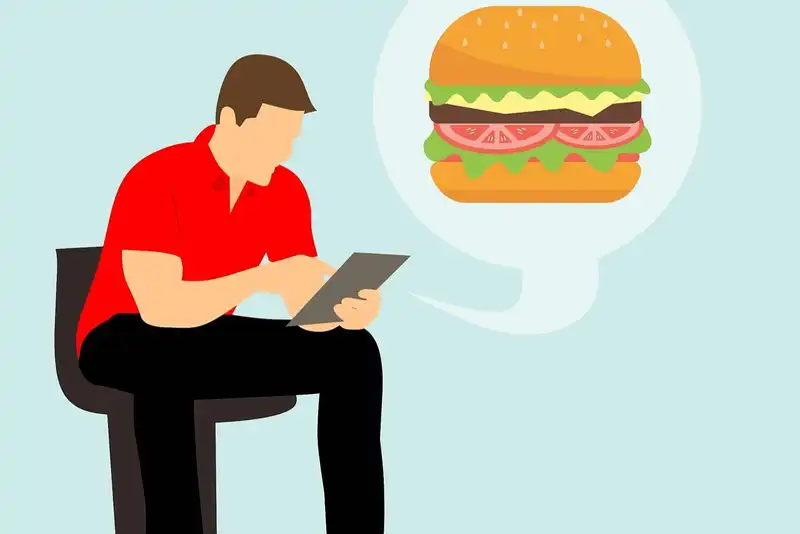
Tech-enabled tables, given the convenience they offer to customers, may generate more spending than ordinary tables.
Inamo in London is an excellent illustration of the way a restaurant can use interactive tables. The restaurant allows orders to be placed right from the table, and diners can use photos of their choice to customize a table. The images can be mailed to the restaurant after the table booking is confirmed. These would be projected onto the diner's table for a fee. Diners enjoy a personalized and memorable dining experience, while the restaurant makes a sale.
According to an Oracle study, 54% of the respondents in the US said they would spend more at restaurants that provided the click-and-collect option.
Restaurants can also ensure greater profits by implementing kitchen automation, which will speed up ordering and allow them to serve more customers. Quick service is essential during busy periods, and clearing tables rapidly will give customers time to place additional orders. When service is quick and attentive to food safety guidelines, fresh and hot food can be served every time, which would prevent customer complaints and the need to pay compensation to them.
Restaurants can tap into a bigger market by providing the option for online ordering. This translates into greater profits for the restaurants. And, as earlier discussed, when the pandemic forced brick-and-mortar restaurants to shut shop, they could still stay in business thanks to online ordering and delivery.
You can also boost profits with the help of an inventory management system, which ensures that you neither overspend on stocks, nor run out of ingredients. It also lets you plan your budget efficiently by offering insights on the popularity of different menu items. By carefully planning purchases using inventory management software, restaurants can reduce food waste, and lower food costs.
Businesses can save money with the help of automated scheduling software too. According to a 2013 report by the marketing intelligence company Aberdeen, automation of workforce management cut labor costs by 31%. This is significant, considering that labor constitutes the biggest item of expenditure for restaurants.
You want to beat the competition, but you don't know how.
The right restaurant technology can show you how to stay ahead of the curve.
Greater Employee Satisfaction
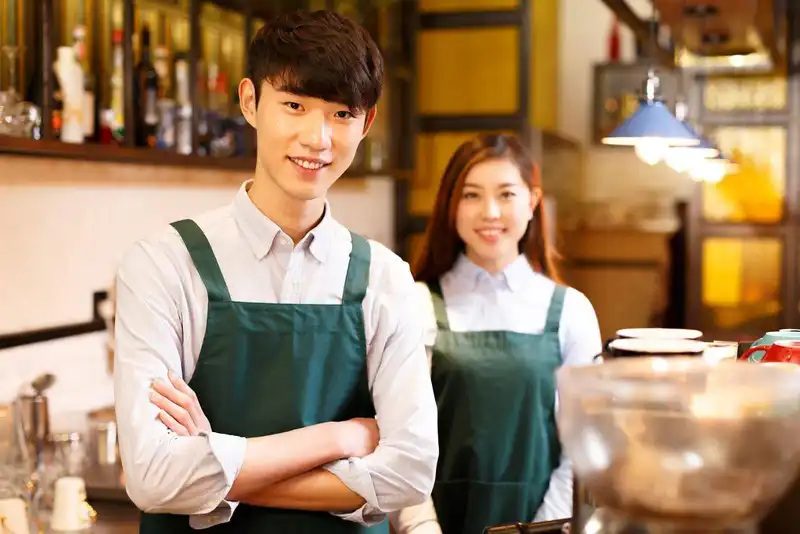
Putting money into restaurant technologies will raise employee morale. For instance, by using workforce management software you can assign the right employees to the right shifts. According to the Aberdeen study mentioned earlier, automated scheduling led to a 5% increase in labor capacity utilization and a 24% increase in engagement levels owing to transparency in employee scheduling. It also allows employees to strike the right work-life balance.
Automated scheduling also makes it easier for workers to trade shifts with coworkers. Communication between colleagues and between the employees and the management also improves, and everyone is immediately notified when schedules are published and changes are made. These notifications can be accessed anytime on any mobile device. Certain solutions come with self service features that allow employees to manage shifts themselves. Employee requests can be accommodated even if they arrive late.
A robust POS system takes the burden off employees as well. For instance, employees need not worry about manually checking stock levels as the POS and inventory management systems will do the job for them. Certain software solutions can even place orders automatically when stocks deplete.
Furthermore, a strong customer relationship management (CRM) system ensures that the employees need not memorize customer preferences, but can still customize their service thanks to automated prompts.
Greater Sustainability

Customers are growing more and more curious about how the companies that serve them handle environmental challenges. In addition to improving customer experience, adopting sustainable technology can boost competitiveness.
According to Oracle, 71% of consumers are more worried about the planet now than before Covid. Additionally, 49% of global consumers said they would be inclined toward businesses that provide recyclable or biodegradable food packages; 43% would choose businesses that offer paper straws rather than plastic; and 42% preferred restaurants that offered low/zero emission deliveries and takeout.
A whopping 93% of the respondents said it is crucial for businesses to prevent food wastage, and 87% valued companies that are transparent about their sustainable initiatives.
Adoption of technology can boost a restaurant's green initiatives. For instance, drones can ensure a zero-emission delivery of food, and a strong inventory management system can see to it that food does not get wasted.
A large portion of a restaurant's energy expenditure is taken up by food preparation. Then there are refrigeration energy expenses. Energy-efficient equipment like smart fridges allow businesses to consume less energy, and save money. Moreover, making use of refrigeration with a particular energy star rating may qualify businesses for tax credits and rebates. Equipment that is energy-efficient also helps cut greenhouse gas emissions and the use of water. These are some of the ways each company can do its share to protect the environment.
Top 3 Restaurant Technology Companies to Consider
1. Hubworks- It offers a bouquet of software solutions covering all aspects of restaurant management. For instance, Zip Inventory helps cut down food waste and food costs by making it easy to review your entire inventory in one location.
Zip Schedules offers real-time, employee-friendly schedule administration. Zip Forecasting produces useful revenue projections. Other Hubworks products include PlumPOS system, Zip Checklist for task management, Zip HACCP and Zip Temperature for food safety management, Smarter Kitchen for food quality management, Zip Reporting and Zip POS Dashboard business intelligence solutions, Plum Mail for tracking email campaigns, and Zip Ordering for supply chain management, among others.
2. Toast- Toast Tap, a contactless payment system, provides touch-free payment options to enrich guest experience. With back-of-the-house technologies like KDS and Toast Inventory, you can do away with manual item counts, and speed up service in your kitchen.
Toast provides a hybrid POS system with an offline feature. It provides restaurant technology that supports mobile ordering and contactless food delivery, efficiently manages inventory and accounting, and streamlines back-office operations.
3. TouchBistro- With TouchBistro's Restaurant Management system, you can manage all of your operations from a single interface.
The TouchBistro POS was developed specifically for restaurants and can be used with just an iPad. Its features include unlimited logins, inventory management, cloud-based data reporting and analytics, table and menu management, and integrated payment processing.
Self-service kiosks, KDS, and digital menu boards are notable add-ons. Before orders are dispatched to the kitchen, guests can review them on a display screen integrated with the POS system.
With the help of TouchBistro Payments, customers can choose how they want to pay. TouchBistro offers a robust CRM platform and a POS-integrated system for online ordering that lets you take orders from customers straight from your restaurant website.
You're looking for restaurant management software, but don't know which company to go with.
Here's a list of the top restaurant software companies that will change the way you do business.



